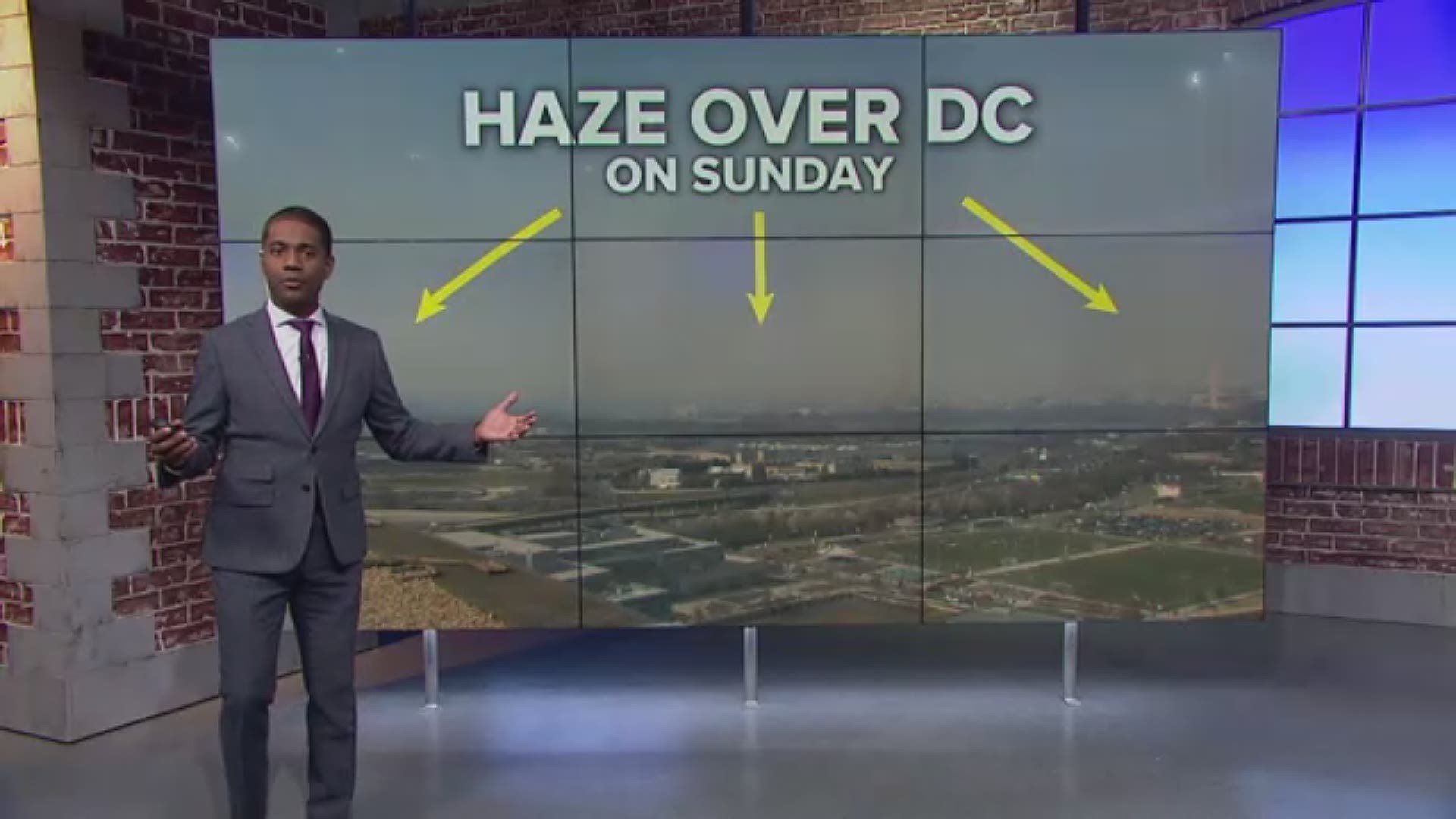Although March has felt more like February in the Nation’s Capital so far, it’s the first official month of spring. Since the spring is severe weather season, it’s a good time to review some of the basics. Spring typically sees large differences in temperature, often over a small geographic distance, which are called “gradients.” These temperature gradients often help spawn thunderstorms.
More thunderstorms occur during the spring and summer months, rather than in the fall or winter, because the weather is warmer. Severe weather is most frequent in the United States during the late spring and early summer when large differences in temperature are more common. According to NOAA, a “severe” thunderstorm has one or more of the following: 1) wind gusts of at least 58 mph; 2) hail 1”/+ in diameter; or 3) a tornado. Although dangerous, the presence of heavy rain and lightning do not make a thunderstorm “severe.”
If severe weather is expected over a given area during a given time, then the National Weather Service (NWS) issues a “severe thunderstorm watch,” which means severe thunderstorms are possible. If a severe thunderstorm is occurring or is imminent for a specific area, then a “severe thunderstorm warning” is issued. A “watch” is normally issued over a large, multi-state area for a period of several hours, while a “warning” is issued by county for typically an hour. If meteorologists determine that tornadoes are possible, then tornado watches and warnings are issued. Although a tornado technically makes a thunderstorm “severe,” a tornado warning is issued instead of a severe thunderstorm warning to reduce confusion.
The NWS relies on local media outlets to help communicate these watches and warnings to the general public. Social media and weather apps for mobile devices also help relay the latest weather information. However, it’s important to rely on credible sources, such as the WUSA9 Weather Team, which have the requisite experience and knowledge of the Mid-Atlantic Region to forecast thunderstorms with a high degree of accuracy.
According to NOAA, the United States averaged 1,253 tornadoes per year during the 20-year period from 1991-2010. The state of Maryland averages 10 tornadoes per year and Virginia averages 18. The state of Florida has the highest number of thunderstorms per year, while Texas averages the most tornadoes. In the Mid-Atlantic Region, tornadoes are a rarity but do occur occasionly. Some infamous local tornadoes were the September 24, 2001 tornado in College Park, Maryland and the one on April 28, 2002 in La Plata, Maryland.


